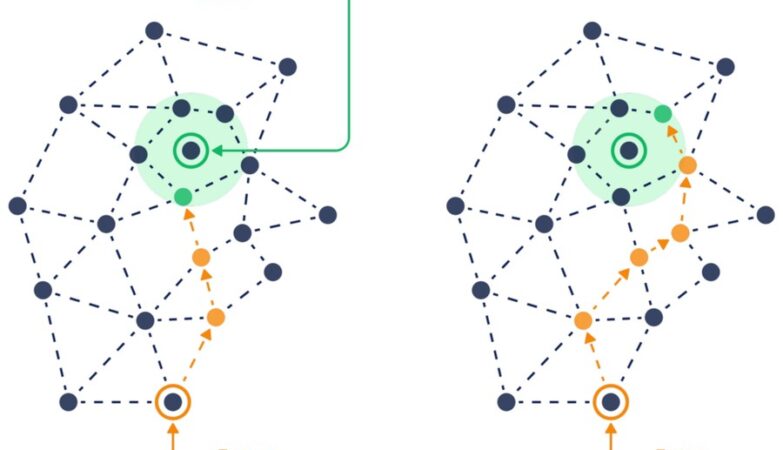Web scraping simply means that you collect data from different websites. Information such as pricing and discounts can be extracted. You can use the data you collect to improve the user experience. In return, customers will choose you over other companies. Your e-commerce site sells software. It is important to learn how to improve your product. Visit software websites to learn more about their products. You can then check the costs of your competitors. You will be able to decide the price at which you want your software placed and the features that need improvement. This applies to any product.
1. Use Headless Browsers
Websites use all manner of tricks to confirm that visitors are genuine. They can use browser cookies and JavaScript extensions. It can be tedious to web scrape these websites. A headless browser is a great option in such situations.
There are many tools that you can use to create browsers that look exactly like the ones used by real users. This will allow you to avoid detection completely. Because it requires more time and caution, the only milestone in this process is the creation of such websites. It is the best way to avoid being detected while scraping a site.
These smart tools have a drawback: they are CPU-intensive and memory-intensive. These types of tools should only be used if you are unable to find a way to avoid being blacklisted by a website.
2. Make sure to keep your website updated
Websites may change their layouts for a variety of reasons. Sites often do this to prevent websites from scraping their pages. Websites may include designs in random places. Even large websites can use this method. The crawler you use should be able understand these changes. These ongoing changes must be detected by your crawler so that it can continue web scraping.
This can be done easily by monitoring the number of successful crawl requests. A unit test is another way to monitor the progress of crawls. One URL can be used for each section of the website. This will allow you to detect any changes. You can avoid any pause in your scraping process by only sending a few requests every 24 hours.
3. Use a CAPTCHA Solving Service
Captchas are one the most popular anti-scraping tools. Crawlers cannot usually bypass captchas on websites. Many services exist to assist you with web scraping if you are a recluse. Some of these services include captcha-solving solutions such as AntiCAPTCHA. Crawlers must use CAPTCHA to access websites that require it. These services can be slow or expensive. You will need to make wise choices to ensure this service is not too expensive.
4. Google Cache can also be used as a source
There is a lot of static data on the WWW (data that doesn’t change with time). Google’s cached copies can be used in such cases to scrape the web. You can use cached copies to directly acquire data. This is a much more efficient method than scraping websites.
Website: https://techeducatorpodcast.com/
How to Avoid Anti-Scraping Software on Websites
Web scraping simply means that you collect data from different websites. Information such as pricing and discounts can be extracted. You can use the data you collect to improve the user experience. In return, customers will choose you over other companies. Your e-commerce site sells software. It is important to learn how to improve your product. Visit software websites to learn more about their products. You can then check the costs of your competitors. You will be able to decide the price at which you want your software placed and the features that need improvement. This applies to any product.
1. Use Headless Browsers
Websites use all manner of tricks to confirm that visitors are genuine. They can use browser cookies and JavaScript extensions. It can be tedious to web scrape these websites. A headless browser is a great option in such situations.
There are many tools that you can use to create browsers that look exactly like the ones used by real users. This will allow you to avoid detection completely. Because it requires more time and caution, the only milestone in this process is the creation of such websites. It is the best way to avoid being detected while scraping a site.
These smart tools have a drawback: they are CPU-intensive and memory-intensive. These types of tools should only be used if you are unable to find a way to avoid being blacklisted by a website.
2. Make sure to keep your website updated
Websites may change their layouts for a variety of reasons. Sites often do this to prevent websites from scraping their pages. Websites may include designs in random places. Even large websites can use this method. The crawler you use should be able understand these changes. These ongoing changes must be detected by your crawler so that it can continue web scraping.
This can be done easily by monitoring the number of successful crawl requests. A unit test is another way to monitor the progress of crawls. One URL can be used for each section of the website. This will allow you to detect any changes. You can avoid any pause in your scraping process by only sending a few requests every 24 hours.
3. Use a CAPTCHA Solving Service
Captchas are one the most popular anti-scraping tools. Crawlers cannot usually bypass captchas on websites. Many services exist to assist you with web scraping if you are a recluse. Some of these services include captcha-solving solutions such as AntiCAPTCHA. Crawlers must use CAPTCHA to access websites that require it. These services can be slow or expensive. You will need to make wise choices to ensure this service is not too expensive.
4. Google Cache can also be used as a source
There is a lot of static data on the WWW (data that doesn’t change with time). Google’s cached copies can be used in such cases to scrape the web. You can use cached copies to directly acquire data. This is a much more efficient method than scraping websites.








